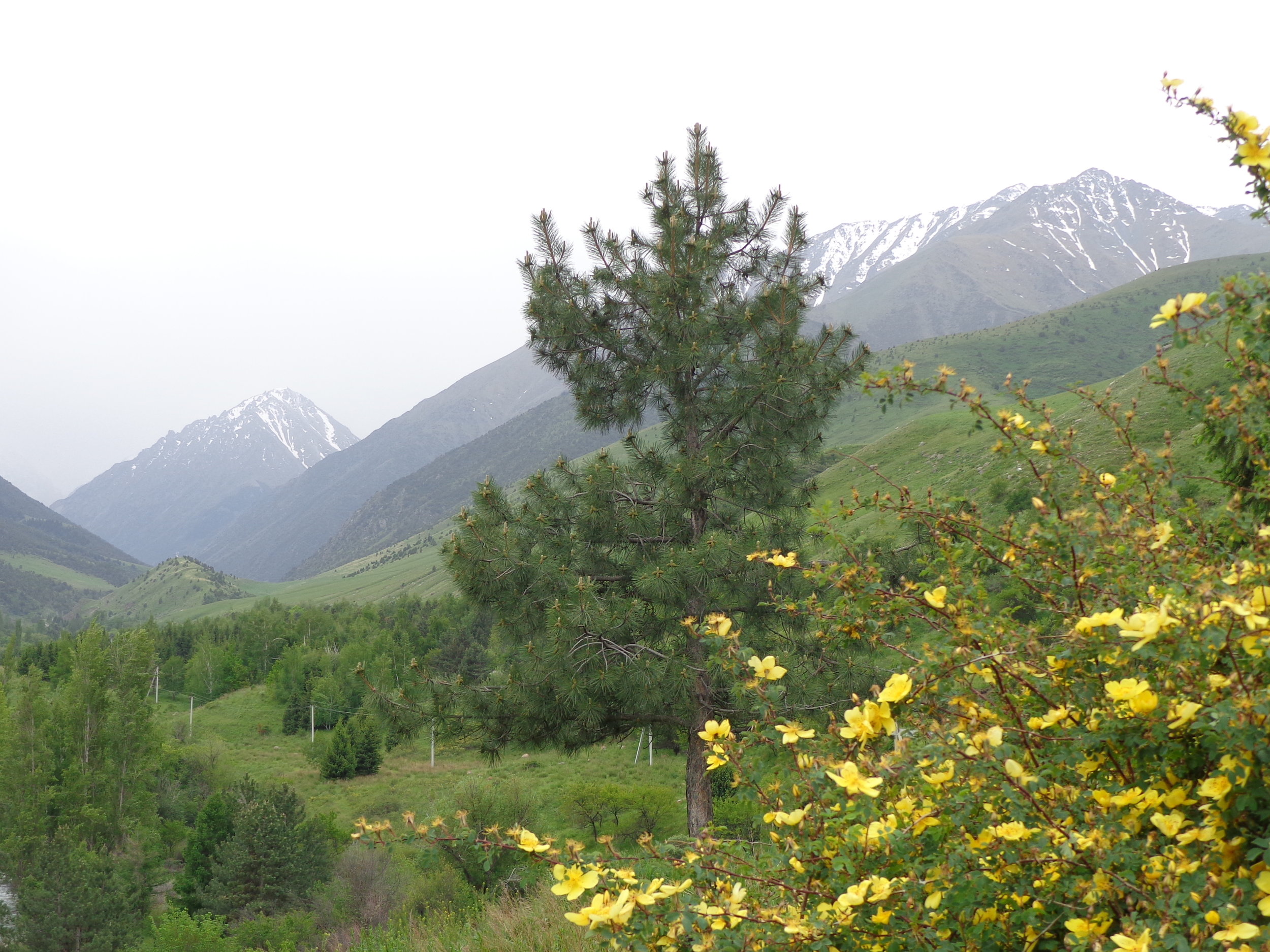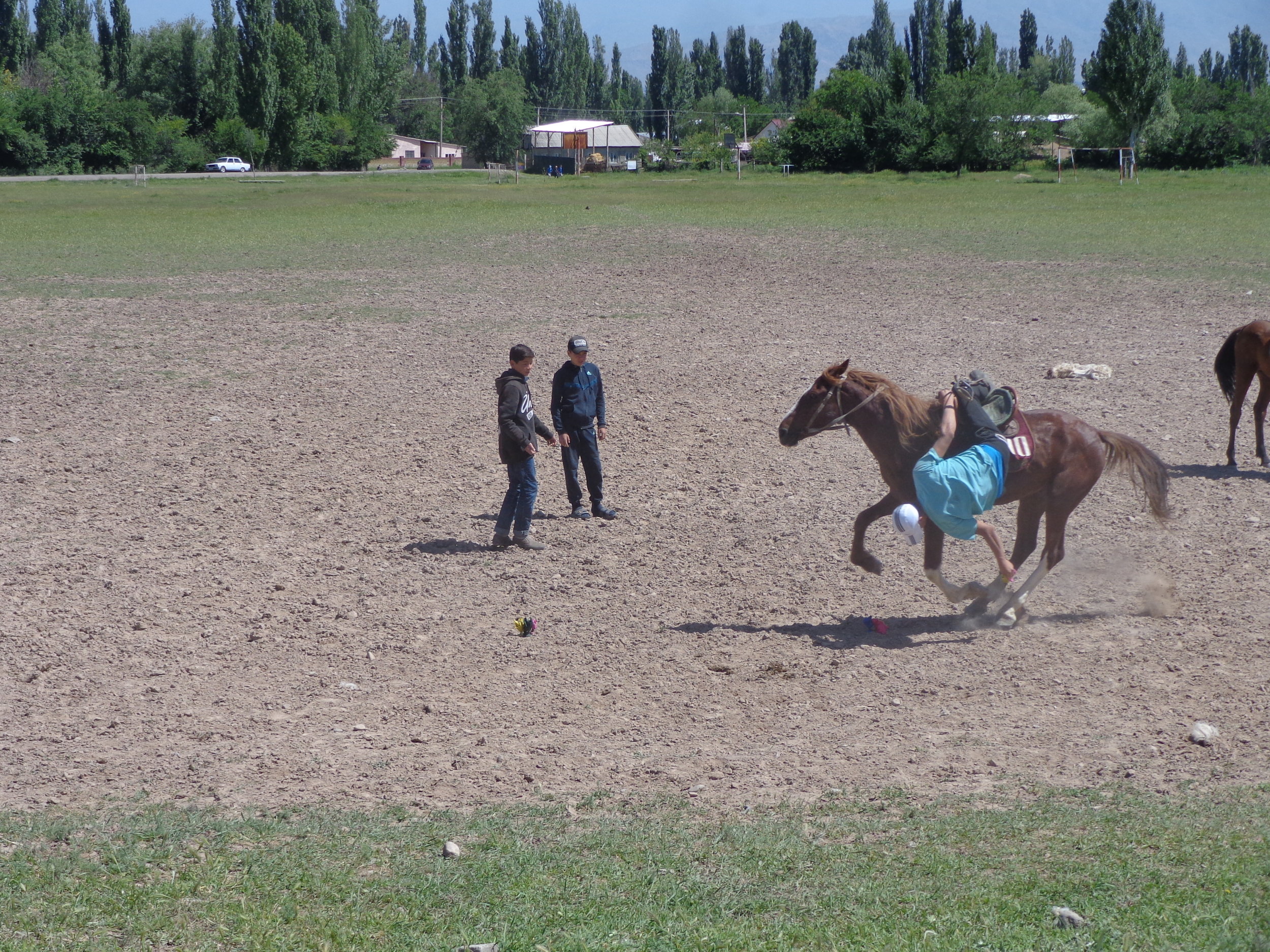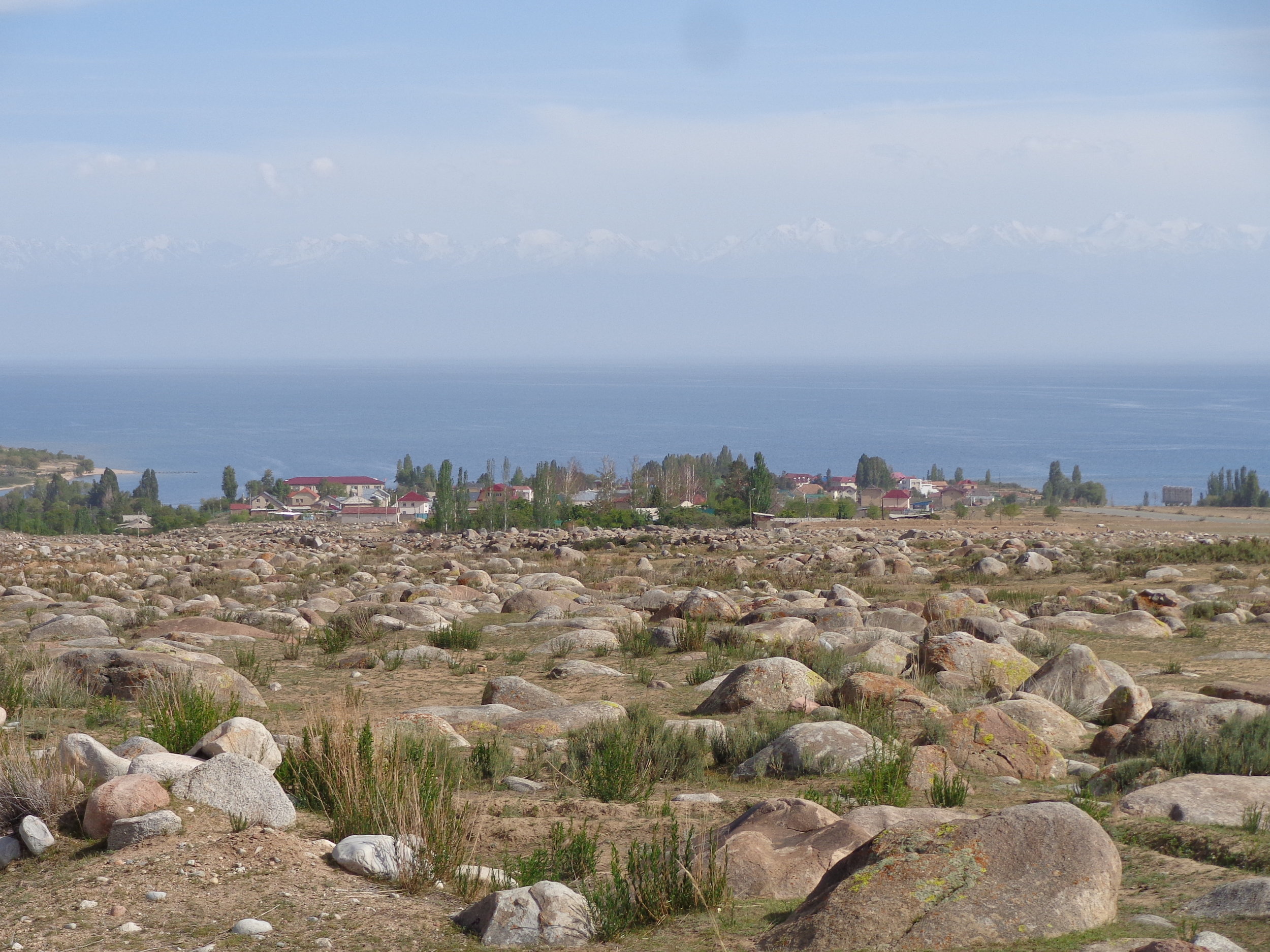Are you ready to go to Central Asia?
Are you ready to go to Central Asia?
Where is Central Asia? You can see it on the attached map in the next post. We went to Kyrgyzstan, Kazakhstan, Turkmenistan, Uzbekistan, and Tajikistan. “Stan” means “the land of”, so for example, Tajikistan is “the land of the Tajik people”.
In looking at the map, you can see that Russia/southern Siberia is to the north, China is to the east, Afghanistan and Iran are on the south, and the Caspian Sea is on the west.
Historically, this was the center part of the Great Silk Road. Central Asia connected Asia, the Middle East, and Europe.
Central Asia is an area of high mountains, vast deserts, treeless grassy steppes, and intense farming where the rivers run.
If you want to learn more, come along for the trip. I’ll take it in the order that we traveled it. This trip was from May 27th to June 25th, 2018. It was another OAT trip (Overseas Adventure Travel – our go-to travel company).
We had lots of surprises on this trip and I’m sure you will enjoy some of them.
I went on this trip with my wife, Vicky, my brother-in-law and his wife, Pete and Nora, and our long-time good friends Ron and Patty. A rousing good time was had by all.
Here are a few highlights along with the photos.
This photo was from a hike we took in Kyrgyzstan. It was in Ala-Archa National Park and a very fun outing.
Kazakhstan is where apples originate as confirmed by DNA evidence, we were told. They are very proud of their apples.
Ashgabat is the capital of Turkmenistan and must be seen to be believed. This was probably the biggest surprise of our trip.
Uzbekistan had many of the major trade cities of the great silk road, and also had many mosques and madrassahs.
Over 90% of Tajikistan is mountainous and we traveled over three mountain ranges on this day – and had all four seasons of weather.
Assalomu aleykum (Peace be upon you)
































































































